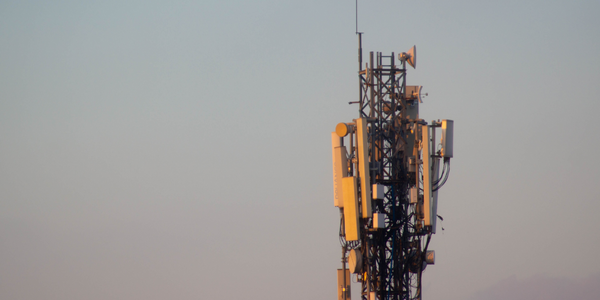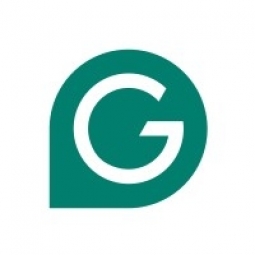公司规模
Large Corporate
国家
- United States
产品
- Zoom
- Grammarly Business
技术栈
- AI-powered communication assistance
实施规模
- Enterprise-wide Deployment
影响指标
- Productivity Improvements
- Brand Awareness
- Customer Satisfaction
技术
- 应用基础设施与中间件 - API 集成与管理
适用行业
- 电信
- Software
适用功能
- 销售与市场营销
- 商业运营
用例
- 远程协作
- 对话机器人
服务
- 软件设计与工程服务
关于客户
As the business world shifted to fully-remote and hybrid models, Zoom became one of the world’s most in-demand video communication platforms. They faced unprecedented demand to keep people connected and business moving forward. The world now knows that remote and hybrid work are ways to keep teams connected and collaborating no matter where they are globally—but it wasn’t always that way. Zoom’s easy-to-use interface changed the way we work, and did so almost overnight.
挑战
Zoom faced a sudden wave of new audiences in new regions that needed education on how to use the platform. And they needed to keep up with the pace of global adoption. How would the company keep internal and external communications aligned in every market and tell a consistent story around the world? Zoom’s content team found themselves doing more writing gut-checks, and inconsistent terminology created bottlenecks and unnecessary rework. The growth pushed Zoom’s lean marketing team into a race against time to onboard new staff while continuing to delight an ever-expanding user base. Rapid global hiring increased the need for consistency in messaging and brand tone. Slight differences in spelling and grammar were time-consuming for content teams to catch. For example, the Zoom team preferred American English for external communications and had to edit each instance of British English manually. Jumping into the front lines of one of the world’s most recognized brands put enormous pressure on new hires to get things right. A social post with a spelling mistake could potentially be seen by millions of people. Customer-facing content had to land a helpful, friendly tone across markets. The volume of content production created review bottlenecks.
解决方案
With many of the Zoom team already familiar with and using Grammarly, the marketing and communications teams put Grammarly Business to the test as their real-time writing resource. AI-powered communication assistance offered suggestions to increase correctness, clarity, and engagement. Brand tones and style guides allowed Zoom to tailor Grammarly Business recommendations to their unique brand standards. This ensured consistency worldwide, saving Zoom more than 7,000 estimated hours (or $210K) on written communication. Zoom took advantage of the Grammarly Business custom style guides feature, creating over 175 rules to keep communications on-brand and consistent across the globe. The tool’s in-line style suggestions accelerated workflows, helping new hires learn about brand guidelines as they write. Now, anyone on the marketing team and in a customer-facing role has the brand-official tones and terms to properly represent Zoom. Grammarly’s in-line writing feedback on correctness, clarity, style, and tone enhanced the quality and consistency of all internal and external communication as Zoom rapidly grew, from team interactions to branded materials, social media and blog posts, and more.
运营影响
数量效益

Case Study missing?
Start adding your own!
Register with your work email and create a new case study profile for your business.
相关案例.

Case Study
Vodafone Hosted On AWS
Vodafone found that traffic for the applications peak during the four-month period when the international cricket season is at its height in Australia. During the 2011/2012 cricket season, 700,000 consumers downloaded the Cricket Live Australia application. Vodafone needed to be able to meet customer demand, but didn’t want to invest in additional resources that would be underutilized during cricket’s off-season.

Case Study
SKT, Construction of Smart Office Environment
SK T-Tower is the headquarters of SK Telecom. Inside the building, different types of mobile devices, such as laptops, smartphones and tablets, are in use, and with the increase in WLAN traffic and the use of quality multimedia data, the volume of wireless data sees an explosive growth. Users want limitless Internet access in various places in addition to designated areas.











